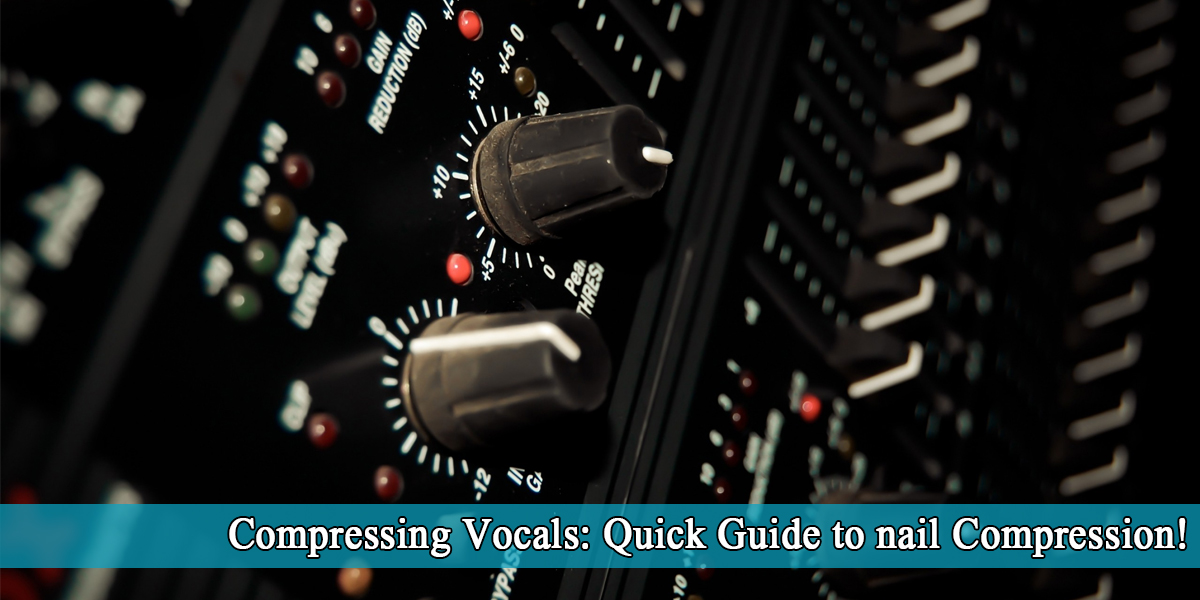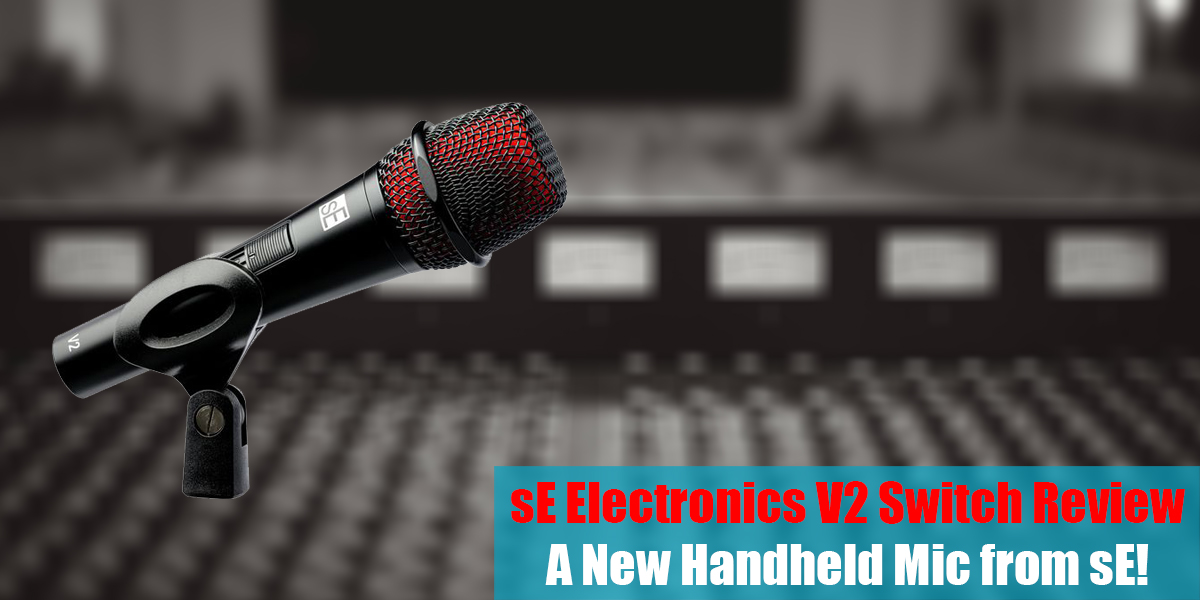Sony C-80 Condenser Microphone
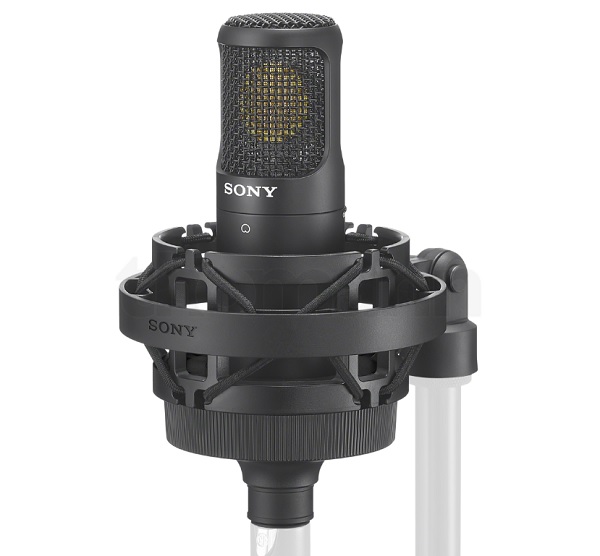
- Condenser Microphone
- Dimensions (diameter x length): 40 x 158 mm
- Weight: 215 g
Sony C-80 Review
Welcome to another review! Today we’re taking a look at the Sony C-80 microphone, introduced by the brand and its developer. As we already know, Sony is known for producing some of the best microphones out there, and this one is no exception. This mic features one of the newest voice recording technologies and designs that are up-to-date with current standards!
The Sony C-80 is a condenser microphone that combines the capsule from the C-100 and the diaphragm material from the C-800G, both from the same brand.

C-80 Features
The Sony C-80 microphone features a build known as Noise Elimination Construction, also present in higher-end microphones. This design minimizes vibrations generated within and by the microphone body, resulting in clearer recordings. It includes a 70Hz cut-off filter and a -10dB pad switch to help users tailor the signal to their preferences. Notably, the mic can handle up to 138dB SPL with 1% THD at the standard 1kHz, which is impressive.
Visually, this is a large diaphragm microphone with a frequency response ranging from 20Hz to 20kHz and a dynamic range exceeding 125 dB. It has a relatively flat response, making it versatile for various uses, but its standout feature is the ability to record accurately and in detail with minimal distortion.
According to Sony’s manuals, the microphone’s sensitivity is -30 dB (0 dB = 1 V/Pa, 1 kHz), and it has a signal-to-noise ratio of 81.5 dB. The mic requires 48v phantom power to operate correctly and connects via a standard 3-pin XLR connection. Additionally, the microphone bundle includes a shock mount and a carrying case, which are always welcome additions to any mic collection.
This microphone has the potential to enhance any mic collection as it is a versatile option suitable for various sources. We believe its best use is for vocals, but that’s just our opinion—we hope you’ll discover even more applications for it.
As mentioned earlier, the construction utilizes a two-part aluminum body that prevents vibrations from reaching the microphone membrane during recording sessions. Overall, it’s a great microphone from a developer that prioritizes quality.
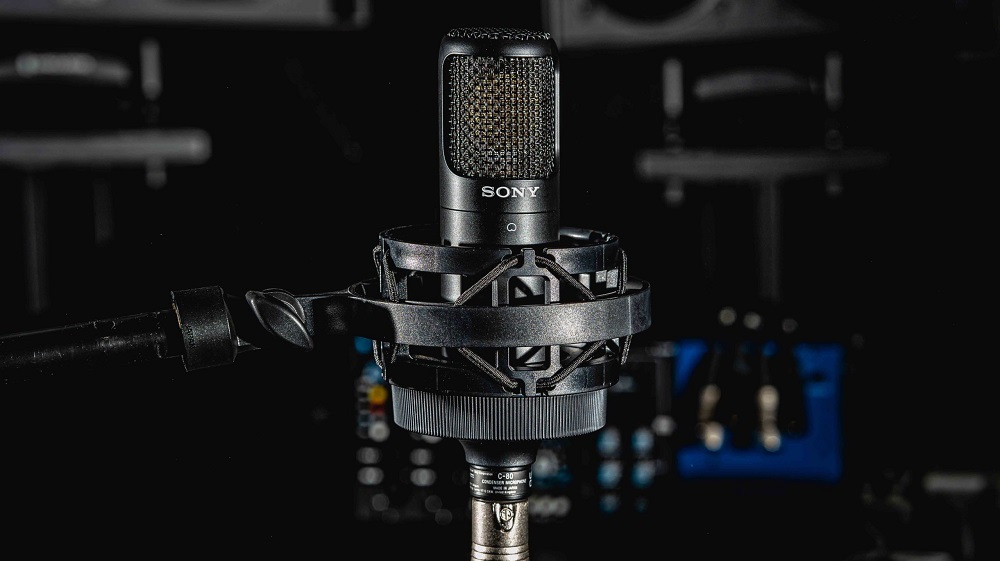
Sony C-80 Sound
The brand claims that this microphone excels at capturing mid frequencies, resulting in a clear and tight vocal sound. This characteristic also enhances the sound of strings or instruments with a rich, full-bodied resonance.
Different microphones often emphasize various features when launching a new product. With the C-80 mic from Sony, the focus is on capturing the true character of the audio signal, minimizing the microphone’s influence on the sound.
This makes the C-80 one of the best options in its range for recording acoustic signals and vocals, as it produces very low background noise. By rejecting unwanted vibrations, it avoids low-end rumble, which can be crucial for a clean and precise vocal recording.
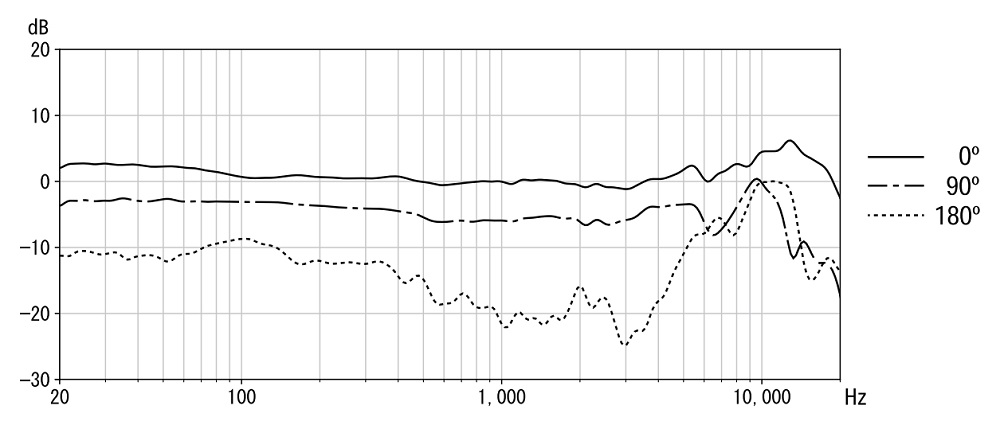
The microphone’s unique dual-capsule unidirectional diaphragm effectively isolates external sounds, which is especially beneficial for artists who move around frequently and might inadvertently create unwanted noise.
According to the developer, the C-80 microphone captures vocals with exceptional clarity and a natural sound, featuring a tight and rich reproduction of mid-spectrum frequencies. Besides excelling at vocal recording, the microphone is also capable of delivering a highly realistic representation of any instrument recorded with it.
Another noteworthy feature of this mic is its ability to naturally suppress low, boomy frequencies and other unwanted noise when the microphone is placed close to the sound source. This is an impressive feature for a large-diaphragm microphone, particularly since the C-80 doesn’t appear to include a pop filter.
- Capsule type: Double diaphragm condenser
- Polar pattern: Cardioid
- Frequency range: 20 to 20,000 kHz
- Sensitivity: -30 dB (deviation ±3 dB), (0 dB=1 V/Pa, 1 kHz)
- Dynamic range: more than 125.5 dB
- Max. sound pressure of the input signal: more than 138 dB SPL
- Signal-to-noise ratio: 81.5 dB
- Hi-pass filter, -10dB pad)
- Requires +48V phantom power (44 to 52 V DC)
- Includes shock mount and carrying bag
Why Do You Need the Sony C-80
Why do you need the Sony S80 microphone? This microphone is quite new and incorporates all the latest technologies developed by Sony, making it a versatile option for recording vocals and anything else you need.
Plus, being developed by a trusted brand gives us another reason to choose it, as Sony really cares about consumers. They’ve produced a microphone made from high-quality components that ensure longevity.
Additionally, the microphone is offered at a very reasonable price, making it a great deal. Feel free to check the links we provide to the stores, and if possible, you can also verify this microphone at your local store.
Conclusion
In conclusion, we believe the C-80 microphone is an excellent choice if you’re looking for a good balance between price and performance. We understand there are many other microphones in this range, but ultimately, sound quality is what truly matters, and this microphone delivers on that front.
Besides the regular use in the studio, you can take it out for live performances or even use it for your podcast, which is another great application for this mic.
If you have any questions about this microphone, feel free to reach out to us in the comment section below, or contact the Sony support center for more in-depth answers!

